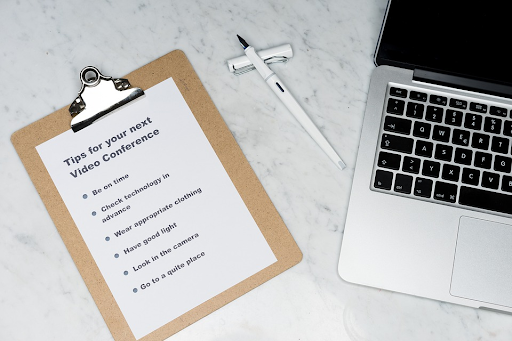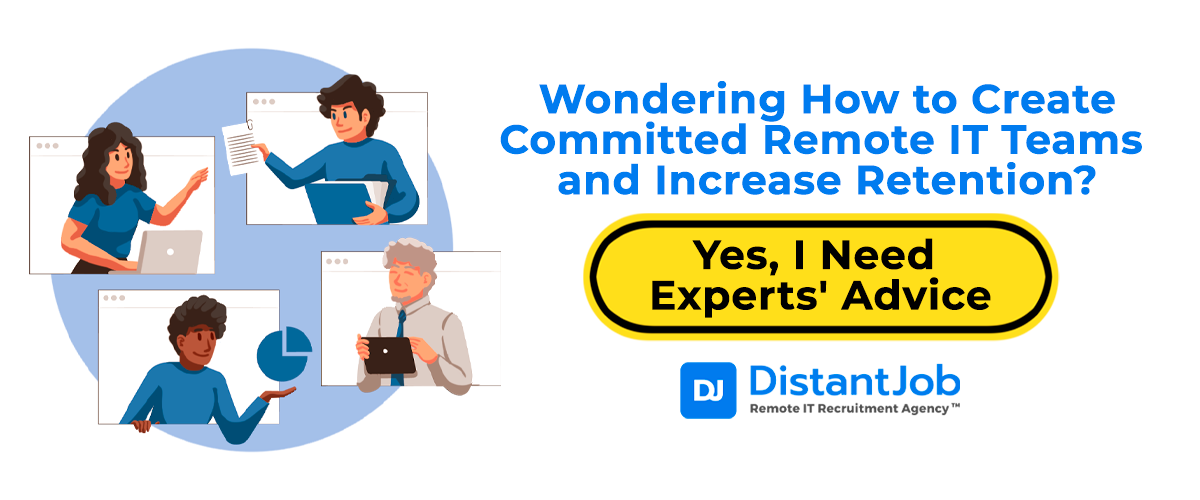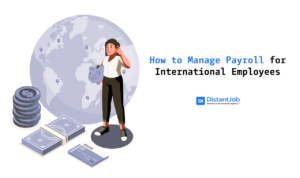Remember a few years ago when companies began transitioning from the traditional brick and mortar workplace to a more cost-effective remote workforce? It sounded awesome. Suits, dresses, traffic, and lousy office-coffee would be replaced by working in the comfort of our own home. It couldn’t be more ideal! Fast forward a decade-plus and what time has demonstrated is that the virtual workforce has brought organizations benefit and cost relief. However, it has also made us realize that certain intangibles found in the workplace setting must be accounted for as part of the transition strategy. Individuals who work remotely and those that manage their daily activities don’t have the luxury of day to day office-based interaction. This can often create a gap in communication yielding lower employee productivity, poor resource management practices, and high turnover volume. Hence, the re-emphasis of the Business Cadence.
Sometimes companies focus so much on delivering the final product or service, that they don’t realize that improving the workflow is just as important in order to grow their business.
Microsoft is a great example. Building a business cadence around their workflow, really helped the Outlook design team to solve a problem with user experience.
Definition of Cadence in Business
At its most basic level, a cadence is defined as a rhythmic sequence. Within a business environment, a cadence refers to the frequency, format, and sequence with which a manager meets with the individuals on their team. While not a trendy, innovative workplace concept, the cadence has proven to pass the test of time as an effective means of managing resources. Especially in a remote-based staffing model.
Benefits of Using a Business Cadence
When correctly implemented into a management routine, the fundamental role of a cadence is to drive collaboration amongst team members, establish efficient workflow and lead to progression. The byproduct of this effort manifests itself through many benefits to an organization, such as:
- Stronger employee retention: By establishing a rhythm of work and communication between managers and employees, with clear expectations, goal discussion, and frequent feedback, employees feel more integrated and therefore, they can see a clear path to career progression.
- Higher level of team engagement: When that work rhythm is shared with a team, and even with the whole company, it becomes a crucial piece in the process of collaboration. When working at an office, team collaboration is often taken for granted. But in remote environments, there needs to be a bigger effort to communicate effectively and work together as a team. Having a cadence brings a sense of moving forward by clear processes, and being part of something bigger.
- Cadences bring awareness to issues and facilitate change: Show me an organization that practices problem management, and I will show you a successful team with satisfied employees. Providing a forum for recognition of issues, identification of barriers and development of solutions allows people to feel empowered to succeed.
- Cadences affect the performance: Communication around employee and team performance, both pro and con, is an excellent instrument in building a productive employee base. Providing reinforcement for positive performance as well as addressing areas of need is fundamental to developing a productive, satisfied team member.
- Cadences improve the morale of remote-based employees: Yes, there are a multitude of benefits to working as a remote employee. However, many virtual workers develop the feeling of being isolated from their organization and out of touch. Providing a routine vehicle for engagement with the company and focusing on knowledge transfer is an ideal way to eliminate many of the causes for low employee morale.
In the following video, Wade Foster, Co-founder of Zapier delves into ways to achieve an effective cadence in different aspects of remote teams, such as:
- The remote hiring process.
- The onboarding of new hires.
- Periodic in-person meetings.
- Virtual team meetings.
- One on one meetings.
- Getting feedback from employees.
Meeting Cadences: Meaning and Importance
Having a meeting cadence is crucial for remote teams. But not many people know what the meeting cadence meaning is.
Let me develop the concept by showing you some numbers:
- Meetings are one of the most consuming tasks in an average employee’s workday. According to research by Cornerstone Dynamics, the time spent on meetings increased by 10% since the year 2000, and a standard meeting lasts between 31 and 60 minutes. But the most amazing fact about this is that only 37% of the meetings are run on a detailed agenda, which, if done, could decrease the meeting length by 80%.
- Clearly, an employee would be much more productive if they held meetings with a clear agenda of topics and a time limit. Well, here comes the importance of a meeting cadence in business, which is basically a rhythm by which every meeting should go, establishing aspects, such as:
- Who’s attending and why (every attendant should have a concrete role in the meeting).
- Length (ideally, a maximum of 45 minutes).
- The exact agenda and topics ordered by importance.
- A result: an actionable set of tasks and a person assigned to perform them.
- Time for Q&As.

The Anatomy of an Effective Meeting Cadence in Remote Teams
Over the years I have tried many different formats and meeting types within my team cadences. In the end, I found out the best formula is to keep it simple and keep it consistent. Cadences do not need to be overly complicated, or cumbersome efforts to be effective. Establishing a rhythm tied to specific team performance objectives and keeping it constant has been my most effective strategy.
Within this approach, I have leveraged four primary components to the cadence process which enable me to be successful.
1. Scheduling and Reoccurrence
Take the time to find the optimal window for scheduling a meeting. Day of the week and time of day are essential factors in planning the cadence. Define the window which provides the best opportunity for focus and energy. Once you have it, book it and set it up for a lengthy reoccurrence to ensure it doesn’t fall off the schedule.
2. Team vs. One-on-One Meetings
Early on in my career, I used to stick with a weekly team cadence. However, over time I noticed that this forum did not allow me to focus on individual issues in much depth. Hence I started a blend of alternating between a team meeting one week followed by individual one-on-one sessions the next. What is important is that you understand the current needs of your team and balance the meeting type accordingly, especially in a remote setting.
3. Establish an Agenda
I have found the best way to ensure preparedness for a meeting is to provide an agenda in advance. Allow your team to be successful and see how they perform. Consider using an Issues and Actions log to document progress made on Agenda items.
4. Leverage Web Conferencing Software
I could fill up another whole article on this topic alone. I use a couple of different solutions that offer scheduling, voice, and video conferencing. Which medium I utilize for a meeting is typically dependent on the topic and need for a presentation.
Implementing a Cadence for Your Remote Team: Step-by-Step
So… which is the best way to use cadence as a manager? Well, after much experimentation with developing the right cadence for my team, I’m sharing the “secret sauce” to make it all work: KNOW YOUR TEAM!
If you are going to implement a cadence that will benefit the organization and team, it makes sense to build it around the talent and environment from which you operate. Using that tenant, I always consider the following guidelines whenever I attempt to establish a new cadence.
- Understand your team’s communication strengths and weaknesses: It is important to leverage their individual strengths to drive collaboration while addressing their deficiencies. If your team has strong communicators, then group sessions are very effective. If they are weaker in this skill, then more individual time will be required.
- Establish expectations for two way data flow: Lecturing to your team does not bode well for developing a collaborative environment. Let your team know in advance the data points they need to present and provide the necessary coaching on their presentation. It will go a long way to building confidence and improved skills within the team.
- Allow your team to serve as stakeholders in the meeting: While you as the manager may organize and drive the content, it is essential to give your employees a voice on what needs to be discussed. I have found their suggestions are typically rooted in some form of “hot button” that needs to be addressed. This is an excellent opportunity to teach problem management and drive performance improvement.
- Measure the success of a cadence: There is no better way to demonstrate value to a process then to show performance analytics. Whether it entails employee performance and retention metrics or customer health analytics, demonstrating improvement through data is important to the longevity of a cadence.
As I previously stated, there is nothing new or innovative about using a business cadence. Mostly, it is a best practice that is often overlooked. However, as organizations continue to transition to a remote workforce, the concept moves from best practice to critical function. To establish a compelling cadence just remember to keep it simple and consistent. And most importantly, find your secret sauce by getting to know your employees.





